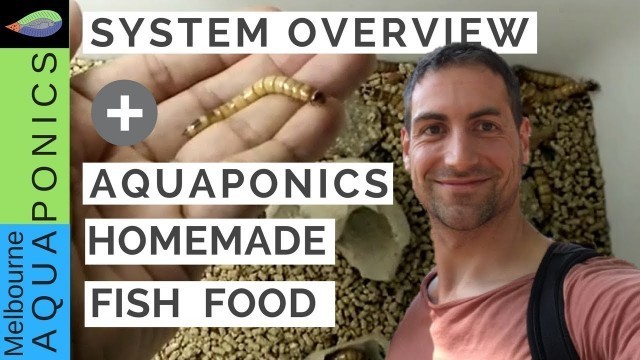

'In this video we will review Huy’s system. Huy is a Melbourne Aquaponics follower who just built his first Aquaponics system. In the first part of this article we will have a general overview of the system. In the second part of the video we will see that he has a very interesting way of feeding the fish with insects. The setup is equipped with a fish tank, a mechanic filter, a biofilter and 3 growbeds. The mechanical filter in place here is a radial filter. When the water enters into this radial filter it falls into a larger pipe section where the water speed is decreased. The water is then going down and fall into the drum. Here the water speed is significantly decreased and the organic particles slowly fall down the bottom of the tank where they will be collected when the user opens a valve and allows a “clean up”. The clear water raises towards the evacuation pipe which is at the surface of the system and is evacuated to the next step of the system which is the biological filter. In the biological filter the water is in contact with plastic pearls colonised with aerobic bacteria. There the ammonia will be transformed in nitrite and the nitrite will be transformed into nitrate. The water then falls into the growbeds where a biological treatment will be operated by the bacteria and the plants will consume the nitrate. The media seem to be composed of clay balls and volcanic rocks which both offer a large surface area to the bacteria. From a technical point of view the system seem ok but the growbed surface is extremely limited and the quantity of vegetables present is very low. I would recommend to test the nitrate regularly and make sure they remain below 50ppm. If the concentration raises over 50ppm I would use some water from the Aquaponics setup to water the classic garden and add new water into the system. This will dilute the nitrate concentration and allow you to maintain the nitrate at an acceptable level. On the video the plants don’t seem to grow well, I am not sure if they got enough light. If there was anything to improve in a first time I would increase the growbed surface to allow more vegetables production. The setup is very dense and contains a number of parts on a very limited surface, pipes are running everywhere so it gives it an intense look but apart from that it all makes sense. Congratulations to Huy for his first system. Huy uses a very interesting fish food pellet substitute to feed his tilapia. Aquaponics is a sustainable way to grow food where it is consumed. In this ecosystem as in nature, each species recycle the “waste” of the other and we don’t waste anything. As we harvest food from the system we need to add a source of Nitrogen into the system. This is generally ensured by the fish food pellet. The fish pellet is generally composed of a mix of vegetables and animal oils and proteins. Some studies highlight the fact that to produce 1 kg of fish from Aquaculture/Aquaculture, 3 kg of wild fish must be caught and transform into fish pellet. This information is alarming and is affected by the big predators who require a diet high in fish proteins and polyunsaturated fat (such as omega 3, omega 6…). Most of vegetarian or omnivorous fish have more reasonable needs in terms of fish meals but the fish food pellet still need to be transported from the fish feed factory to the aquaponics grower which generate pollution and cost. The ideal solution would be to produce the fish food at home and to be able to feed the fish directly from the fish food produced. The easiest option is to produce plants and other vegetal biomass to feed the fish that accept this type of feed (see the video on how to grow your own Duckweed for Aquaponics fish food here: https://youtu.be/h1b9eCkbenU). For others we have the possibility to grow insect at home and to use them as fish food and this is what Huy is doing at a very small scale. He developed a mini insect farm at home. Several types of insects can be grown for aquaponics. Among them we have the Cockroaches, the Crickets, the Waxworms and the black soldiers. They generally require high temperature to produce a significant biomass but some of them can be kept all year long and produce enough to follow the fish needs. The benefit of growing insects to feed your fish is that the space needed to grow them is very limited, They are very high in vitamins and other minerals and are extremely high in proteins (almost 100% of dry matters). This is very interesting as it will be a source of minerals for the vegetables and therefore limit the needs of added rock powder. They require a very low maintenance and grow extremely fast. The reproduction rate is very high and they very rarely fall sick. Growing insects is therefore a wonderful alternative to fish food pellet.'
Tags: do it yourself , healthy , homemade , Organic , self sufficient , sustainable , gardening , fish , permaculture , média , ecofriendly , insects , fish tank , Crickets , worms , fish food , aquaponics , MECHANICAL FILTER , homemade fish food , particles , insect farm , pellet substitute , insects to feed your fish , Aquaponics overview , biological filtration , growbed , clay balls , volcanic rock , radial filter , Waxworms , black soldiers #MelbourneAquaponics , Aquaponics training , Aquaponics teacher , Learn Aquaponics
See also:

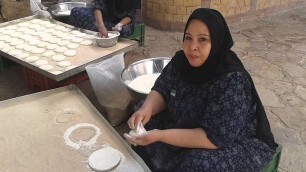
!['[SUB]2020 K-Culture Festival (Top) Korea K-FOOD DAY1[ASTRO, AB6IX, GOLDEN CHILD]'](https://cdn-img01.wefoodblog.com/images/48-m/270/270429_m.jpg)
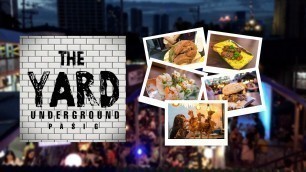

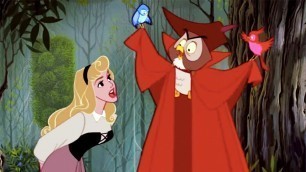

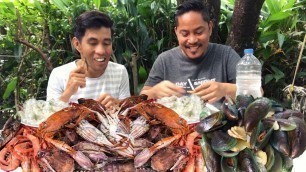
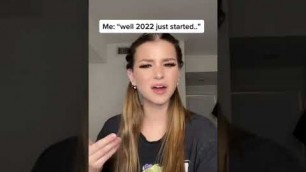


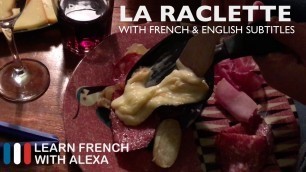


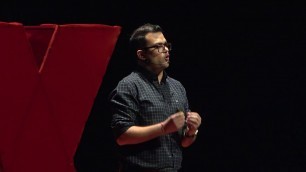
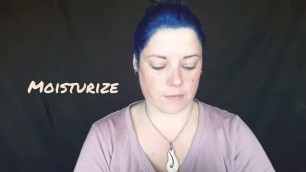

comments